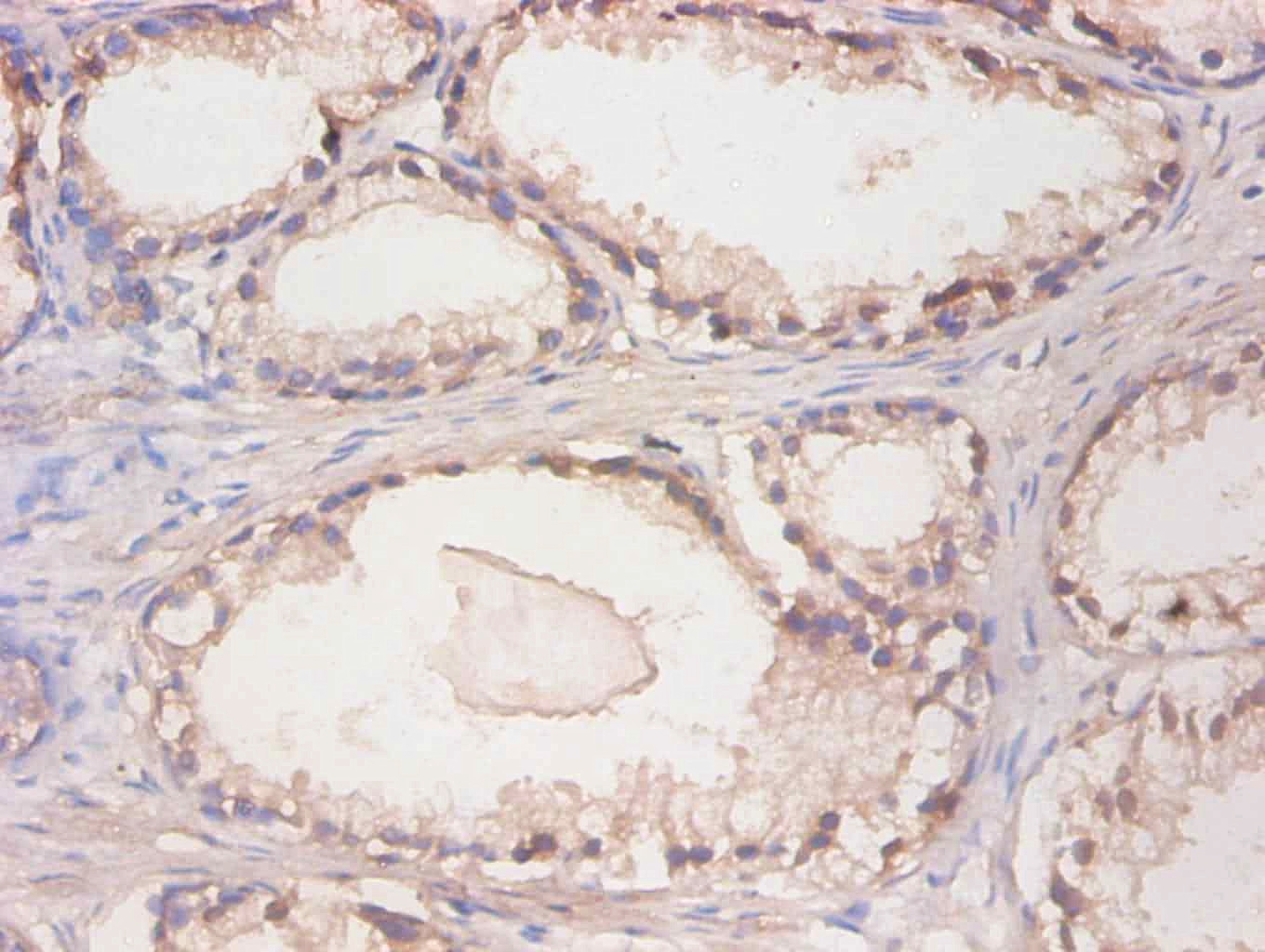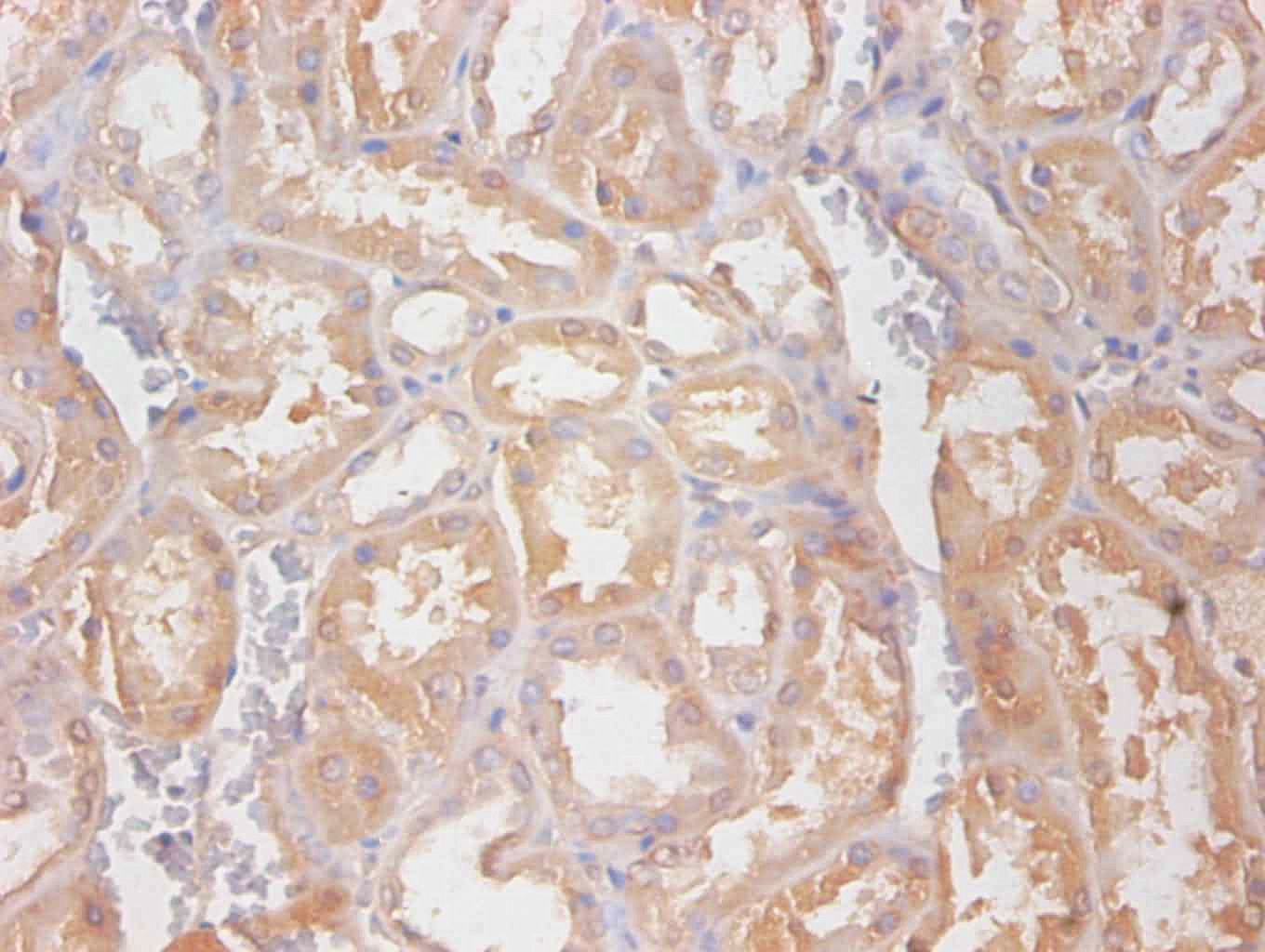Defects in CST3 are the cause of amyloidosis type 6 (AMYL6) [MIM:105150]; also known as hereditary cerebral hemorrhage with amyloidosis (HCHWA), cerebral amyloid angiopathy (CAA) or cerebroarterial amyloidosis Icelandic type. AMYL6 is a hereditary generalized amyloidosis due to cystatin C amyloid deposition. Cystatin C amyloid accumulates in the walls of arteries, arterioles, and sometimes capillaries and veins of the brain, and in various organs including lymphoid tissue, spleen, salivary glands, and seminal vesicles. Amyloid deposition in the cerebral vessels results in cerebral amyloid angiopathy, cerebral hemorrhage and premature stroke. Cystatin C levels in the cerebrospinal fluid are abnormally low.Genetic variations in CST3 are associated with age-related macular degeneration type 11 (ARMD11) [MIM:611953]. ARMD is a multifactorial eye disease and the most common cause of irreversible vision loss in the developed world. In most patients, the disease is manifest as ophthalmoscopically visible yellowish accumulations of protein and lipid that lie beneath the retinal pigment epithelium and within an elastin-containing structure known as Bruch membrane.
[1] Vupputuri S, Robinson B, Brannon E, Owen-Smith A.PS2-40: Cystatin C Heralds Early Chronic Kidney Disease Especially in Diabetes (CHECKED): Results from a Pilot Study. Clin Med Res. 2011 Nov;9(3-4):161-2. [2] Hojs R, Bevc S, Ekart R, Gorenjak M, Pukla


